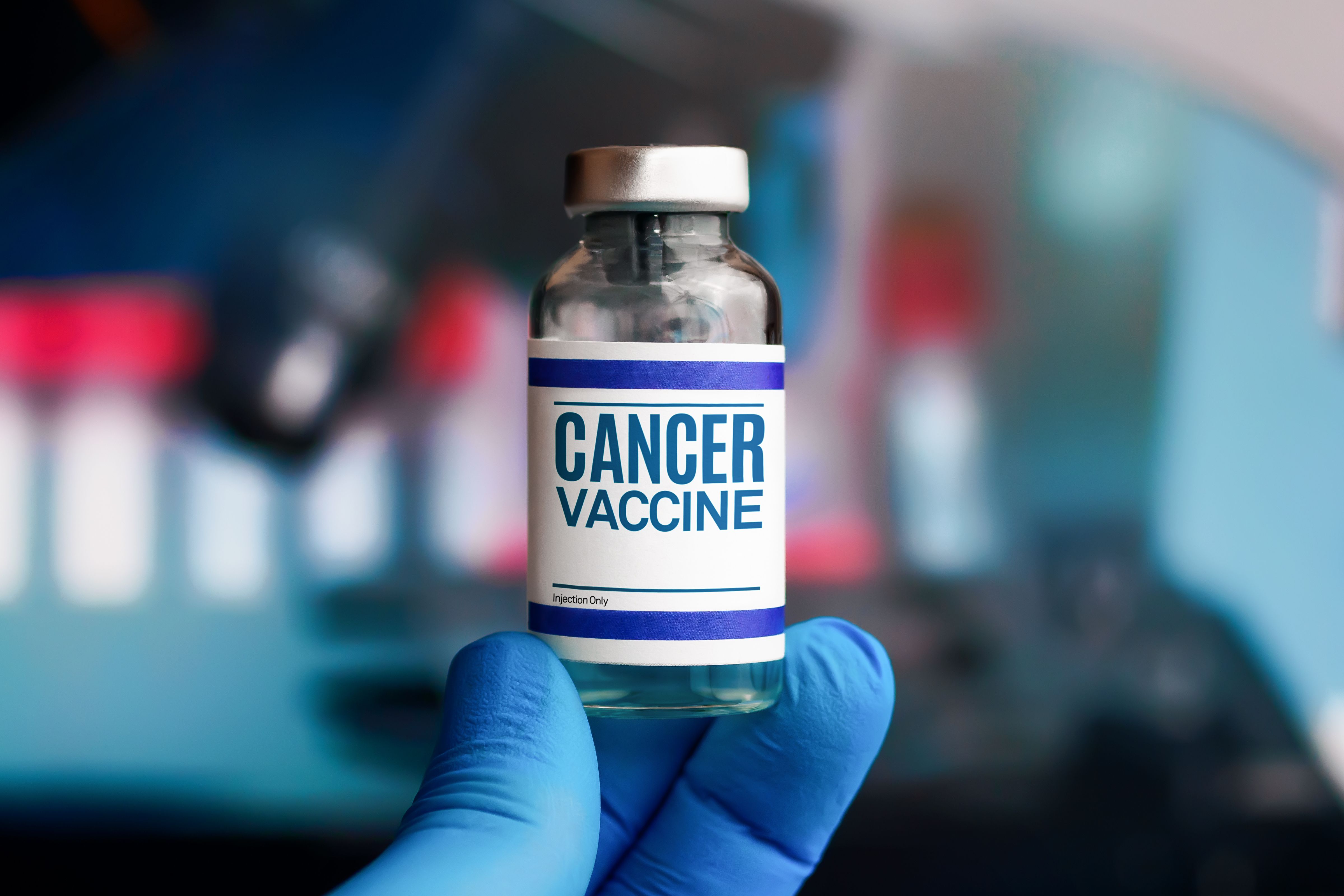Article
'Blood First': Utilizing Liquid Biopsies for Genomic Testing in Non-Small Cell Lung Cancer
Author(s):
Liquid biopsies may be less invasive and faster in determining the genetics of a tumor — and with high accuracy — among those diagnosed with non-small cell lung cancer.
Researchers believe they have a less invasive and faster way to determine the genetics of a person’s tumor other than a tissue biopsy — and with high accuracy — among those diagnosed with non-small cell lung cancer (NSCLC), according to study findings published in the Annals of Oncology.
It’s called a liquid biopsy, which requires a simple blood draw compared with a tissue biopsy that uses a needle to obtain a piece of the tumor tissue. “You get a blood test to check liver function, kidney function and your blood counts routinely for cancer care,” lead researcher Bob T. Li, M.D., M.P.H., a medical oncologist at Memorial Sloan Kettering (MSK) Cancer Center in New York City, said in an interview with CURE. “A liquid biopsy is the same test. You take a couple of tubes of blood and then, using advanced genetic sequencing technology, we can isolate the tiny fragments of DNA that may have been shed by the cancer or tumor into the bloodstream. Therefore, we can map out the cancer genome through blood and then use that to guide treatment decisions.”
Genetic drivers are responsible for the spread of cancer cells and an increasing number have been discovered in patients with NSCLC. “It’s like a switch that stays on. It’s meant to switch off, but it doesn’t,” Li said. “And now, thanks to precision medicine, if we understand the biology we can often give the patient a pill to switch that gene product off. By doing so, it is much more effective than chemotherapy. The cancer cell gets switched off and they die, and these patients can have improved quality of life and survival.”
To examine the accuracy of liquid biopsies, researchers from MSK, The University of Texas MD Anderson Cancer Center and Dana-Farber Cancer Institute collected blood samples from 127 patients who were newly diagnosed with advanced NSCLC that had spread or who had recurrent metastases. They used ultra-deep next-generation sequencing technology to read the DNA fragments released by the tumors.
Patients were divided into three groups: 91 whose genetic mutations were identified by tumor tissue, 19 whose tumor tissue did not identify any mutations and 17 who had insufficient or no tumor tissue biopsy available. Researchers conducted the liquid biopsies blind, meaning they did not know what the tumor tissue had already found.
Both tumor and liquid biopsies discovered mutations of the following genes: EGFR, KRAS, ALK, ROS1, BRAF, HER2, RET and MET. In the group of 91 patients, the liquid biopsy identified cancer-driving mutations in 68 patients. That gives a true positive rate of 75 percent, said Li. In the second group, liquid biopsies found zero mutations in all 19 patients resulting in 100 percent specificity — meaning there were no false-positives. Four patients in the third group were found to have mutations following a liquid biopsy. A tissue biopsy conducted on one patient confirmed those results. Of the remaining 13 patients from this group, two had tissue biopsies that confirmed mutations, while 11 did not have biopsies, the researchers wrote.
“Specificity is incredibly important for cancer detection,” Li said. “It’s really bad if you have a positive finding and tell someone they have this cancer DNA, but (they) really don’t have cancer. Specificity being 100 percent is what we really need, and this study achieved that.”
Liquid biopsies have also shown to reduce turnaround time for patients. His previous research found a median nine-day turnaround compared with 20 days for tissue-based sequencing — excluding the time it takes to set up the tissue biopsy appointment and have the biopsy performed. He added that sometimes a single side tissue biopsy may not capture the entire cancer whereas a liquid biopsy would.
Although not yet part of practice guidelines, liquid biopsies are available for patients to take advantage of and Li encouraged patients to speak with their oncologists about how it could optimize their treatment. “In the future, we should be doing blood first. And if it’s positive then we could immediately match the patient to life-saving treatment,” Li said. “If it’s negative, because the sensitivity is 75 percent and not 100, we should still do the tissue biopsy. It plays a very important and complementary role to tissue biopsy in molecular diagnostics and precision therapy for patients.”




